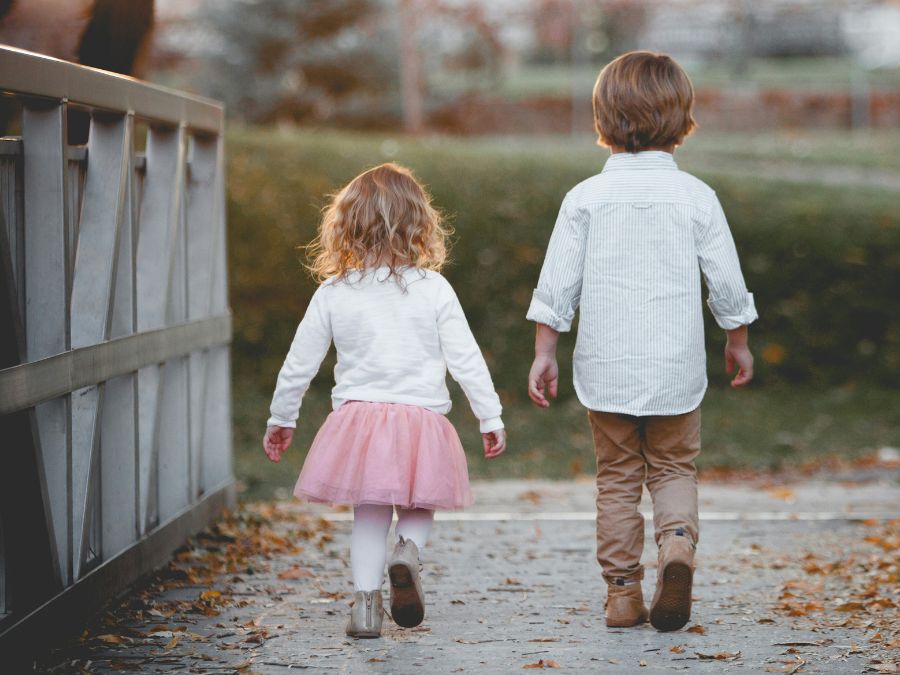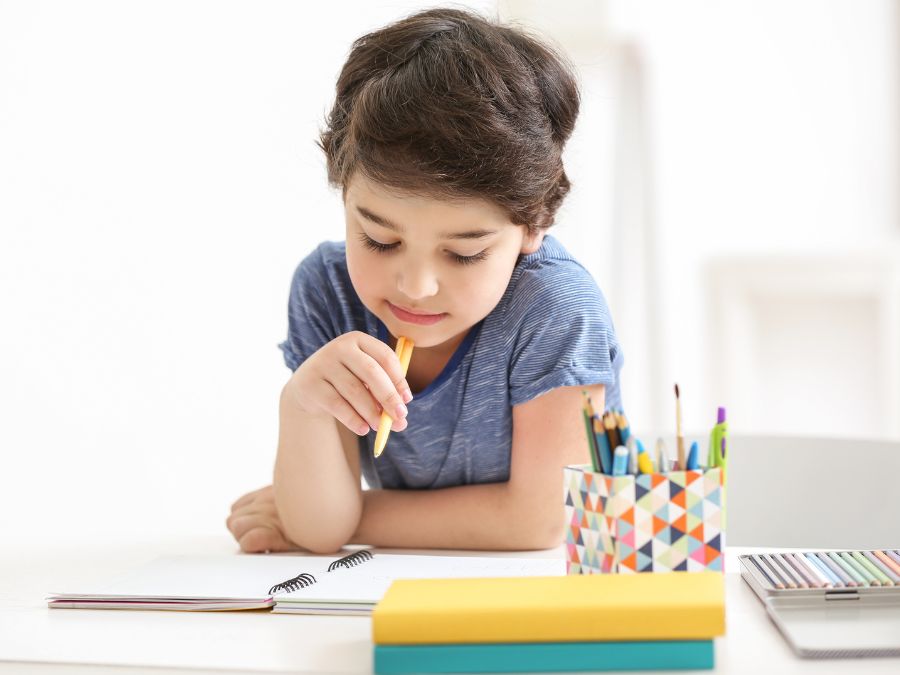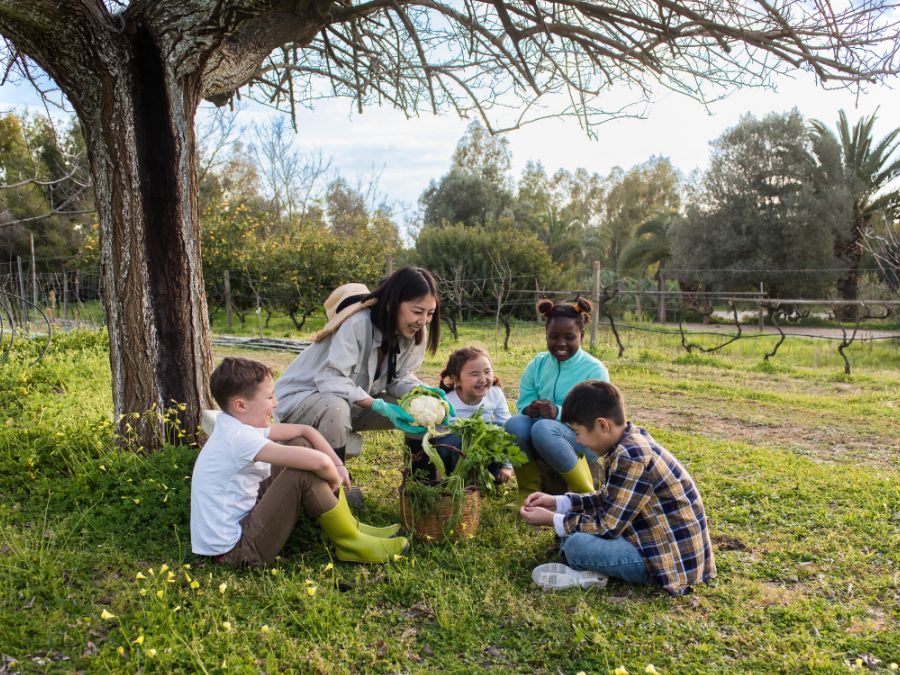
Safe, stable, and nurturing environments are fundamental sources of positive childhood experiences (PCEs) to all children. When children and youth feel safe, physically, and emotionally, they can grow into healthy adults. Barriers to PCEs, and the practice of lifting these barriers, are often viewed on the individual level. But barriers to PCEs are also created on the systemic level. Policy changes, even though they can feel distant from families and communities, can greatly impact children and youth and their access to PCEs. Policies have a large impact on our mental health, physical health, and safety.
Many policies and decisions created today are causing barriers for children and youth to feel safe and supported in many environments. From the individual, community, and environmental levels, children and youth are losing access to safe spaces. It can feel overwhelming, like we have no influence or control over these barriers. But we can help create and promote PCEs for all children and youth around the world on the policy level. Below are some barriers to PCEs and ways that you can help break them down.
Discrimination
Discrimination comes in many forms and can stem from policies that deny basic rights to specific groups of people. These policies create barriers to basic needs, safety, and positive childhood experiences. Policies that target specific groups of people such as denying gender-affirming care and increasing police presence in select communities show children and youth that they are not safe or welcome to be themselves. Schools and other community events can feel unsafe for them. The promotion of these discriminatory policies allows people to justify hate, and this can lead to acts of violence against children and youth of color and in the LGBTQQIA+ community.
Resources
- Defending the Freedom of our LGBTQ+ Students to be Themselves (National Education Association)
- Racial Justice for Youth: A toolkit for defenders, (Georgetown Juvenile Justice Clinic & Initiative, The Gault Center: Defenders of Youth Rights)
- Anti-racism Toolkit (Student Advocacy Center of Michigan)
- Fighting Anti-Trans Politics (Human Rights Campaign)
Gun violence
Gun violence in communities and schools has risen over the last several years, making it difficult for children and youth to feel safe in their environments. For children and youth, specifically, school shootings have risen exponentially. Schools are where they spend most of their time, and for some, school is a safer environment than their homes. By not supporting gun regulations, we allow children and youth to live in fear while in school where their lives can be taken away next. By supporting gun control laws, we show children and youth that their safety is a priority. These regulations will help restore schools as safe, stable, and nurturing environments for students to live, learn, and play.
Resources
- Why Advocacy? (Sandy Hook Promise)
- Gun Violence Prevention Advocacy Toolkit (American Academy Pediatrics)
- Gun Violence Prevention (Boston Children’s Hospital)
- Here 4 the Kids
Warfare
War and violent conflicts greatly impact children and youth. The environments where they feel safe – their homes, schools, neighborhoods or cities – are destroyed or invaded. The safety of being with their parents and family members can be taken away at any moment, as well as their own lives. The United Nations has identified six grave violations affecting children during times of conflict: recruitment and use of children, killing and maiming of children, sexual violence, attacks against schools and hospitals, abduction, and denial of humanitarian access. Warfare drastically impacts children and their future, and their safety needs to be our priority regardless of where we live in the world.
Resources
- A Mandate to Protect Children Affected by Conflict (United Nations)
- Children in War and Conflict (UNICEF)
- UNICEF’s change agenda for protecting children in armed conflict (UNICEF)
- Demand a ceasefire by all parties to end civilian suffering petition (Amnesty International)
Climate change
Climate change impacts children’s physical and mental health. When we do not support laws that promote sustainability, we are not only damaging our planet but also showing children and youth that we do not want to invest in their future. We need to invest in a safe planet for them to thrive. We can do this through political advocacy and promoting changes to sustainable practices and holding high-polluting businesses accountable. If we care about children, we need to care about the future of our planet.
Resources:
- Climate & Children’s Health: AAP Policy Explained (HealthyChildren.org)
- Policy Toolkits (The Climate Initiative)
- Climate Action Toolkits (The Climate Initiative)
- Climate Crisis in focus (United Nations, Violence Against Children)


